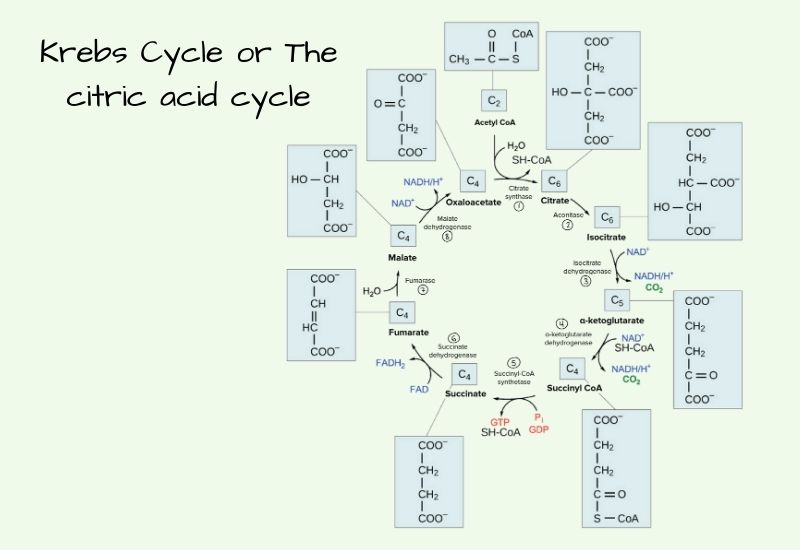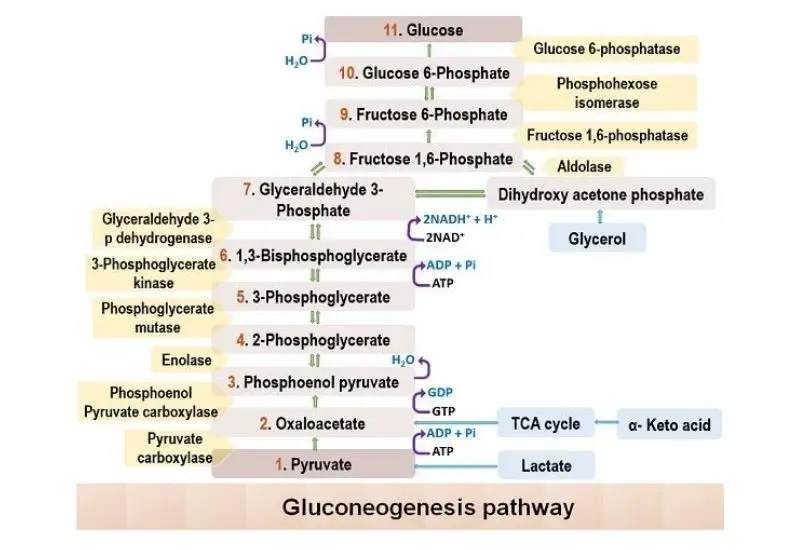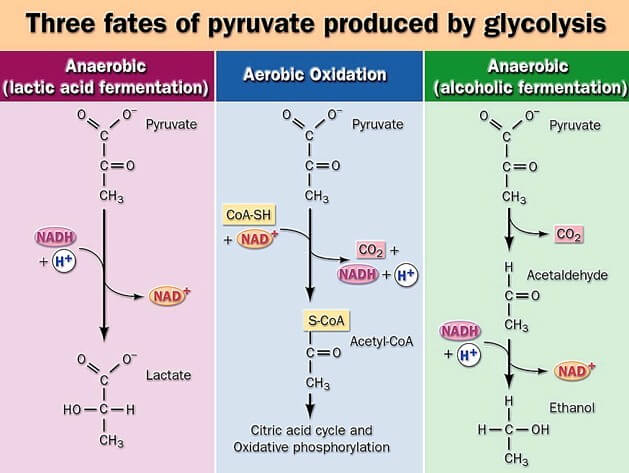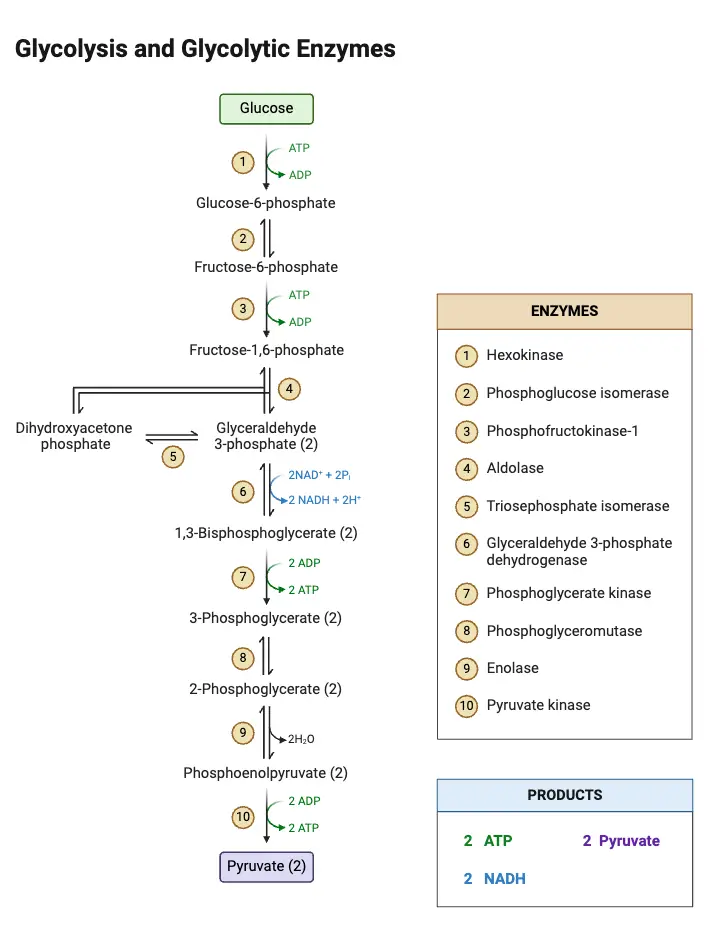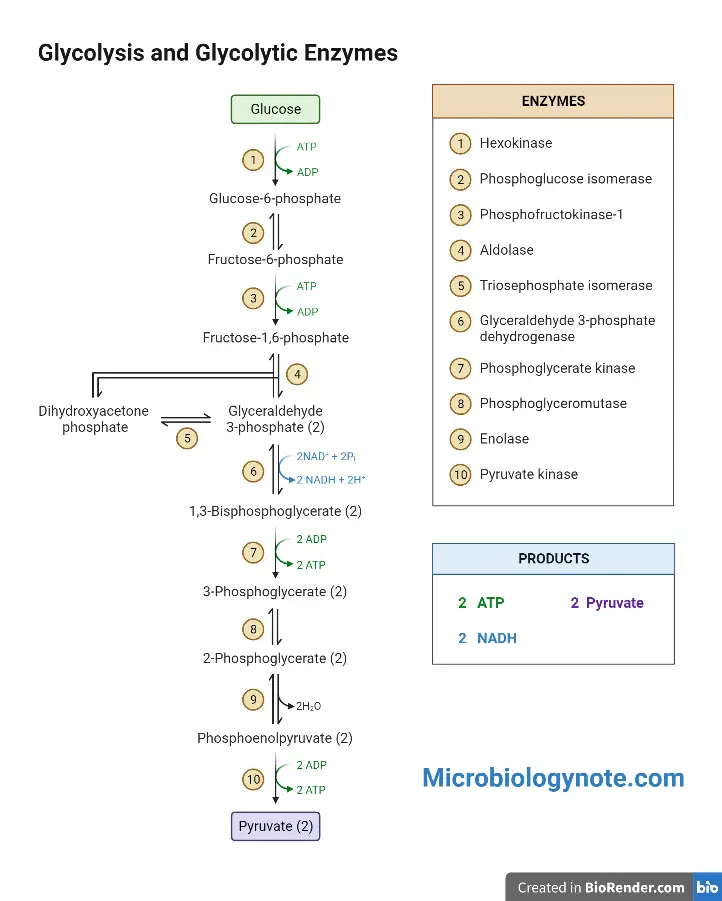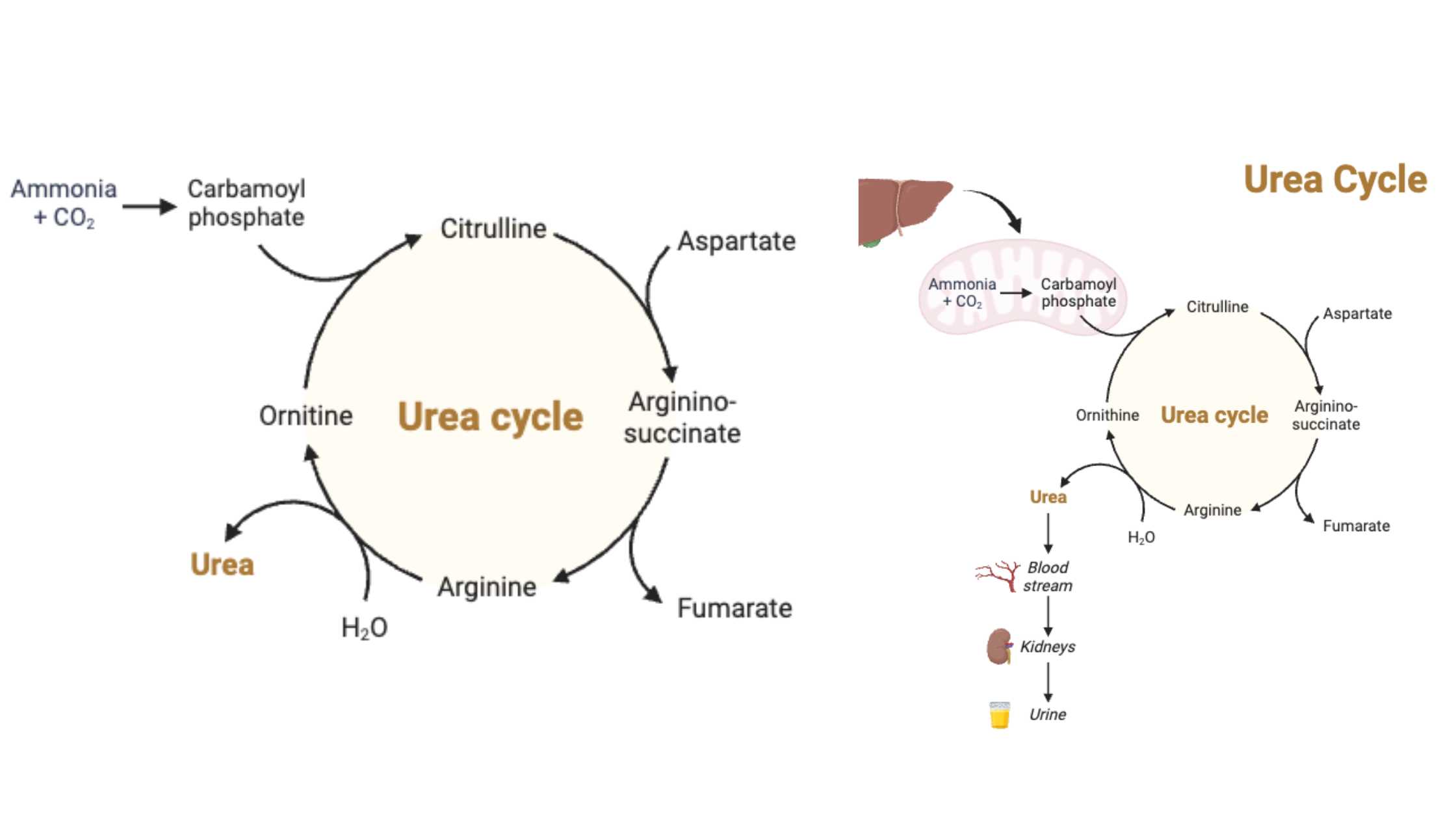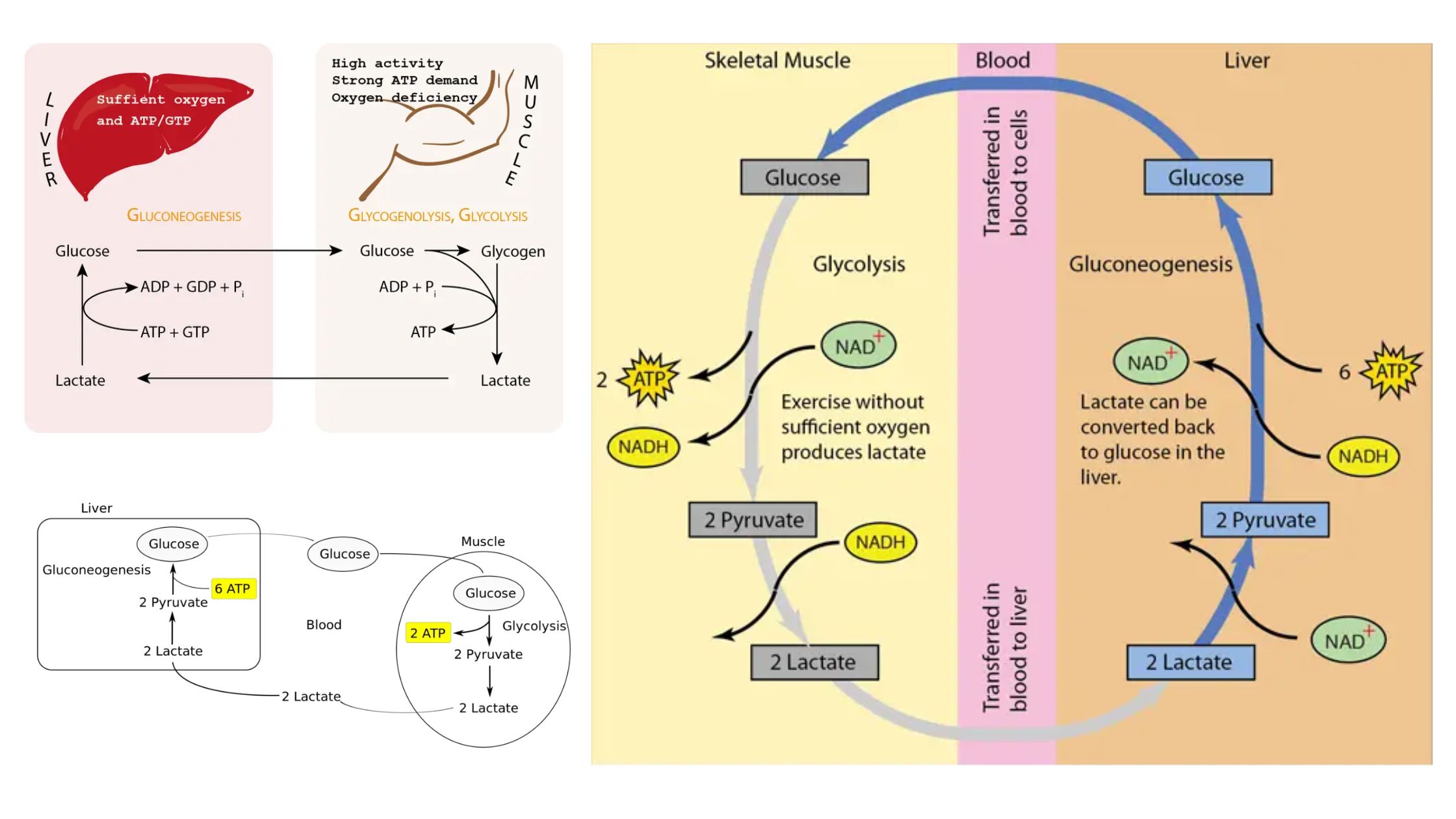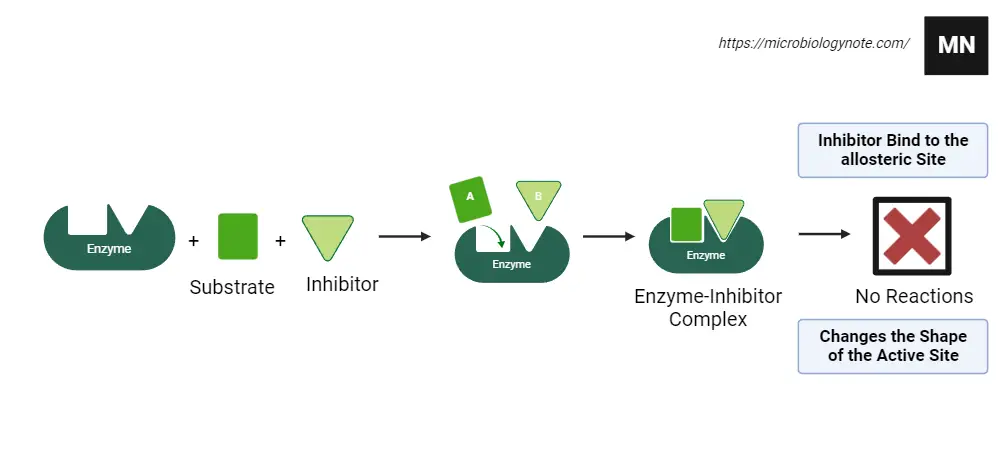Krebs Cycle – Definition, Steps, Products, Regulation
Ever wondered how your cells turn the food you eat into usable energy? Let’s break down the Krebs cycle—a cornerstone of cellular respiration—and answer the questions you’ve been searching for. Also known as the citric acid cycle, this process is a series of chemical reactions that extract energy from nutrients. But where does this critical … Read more
